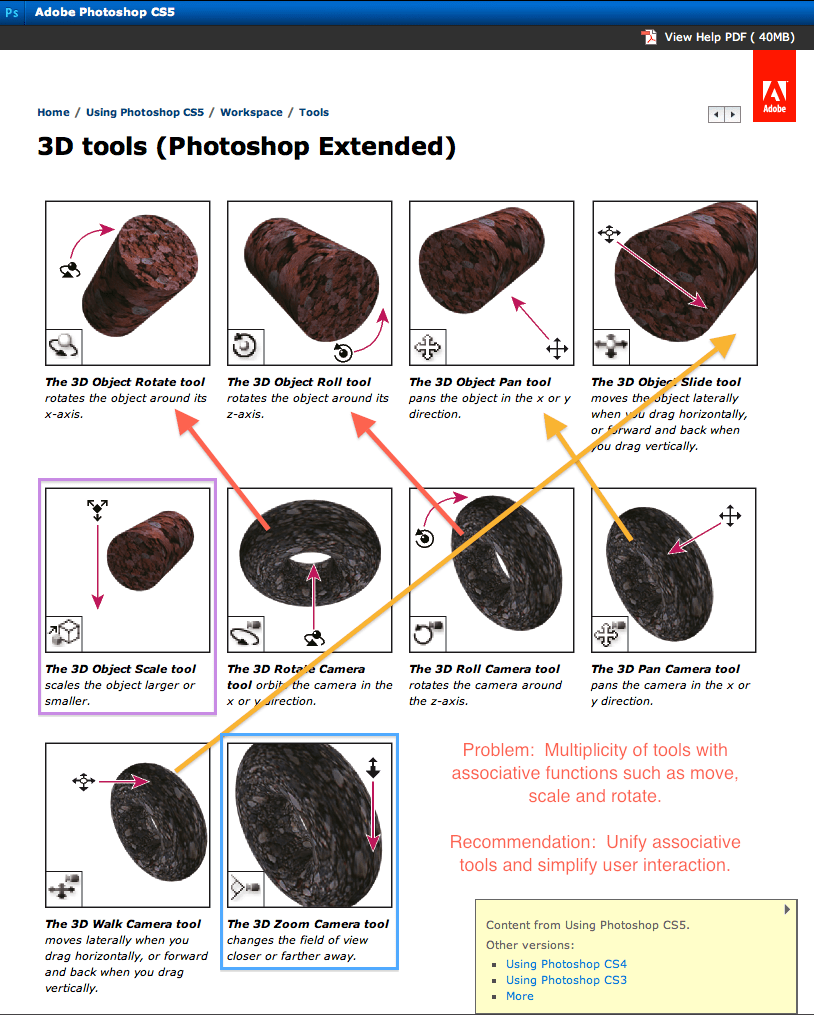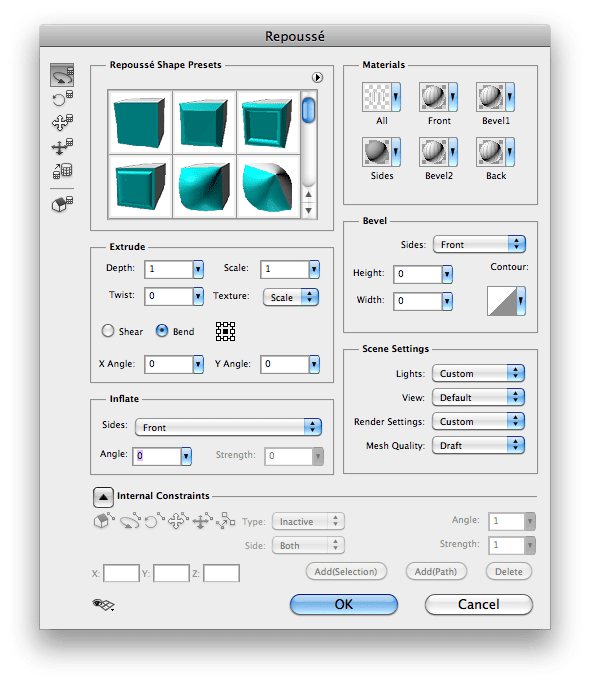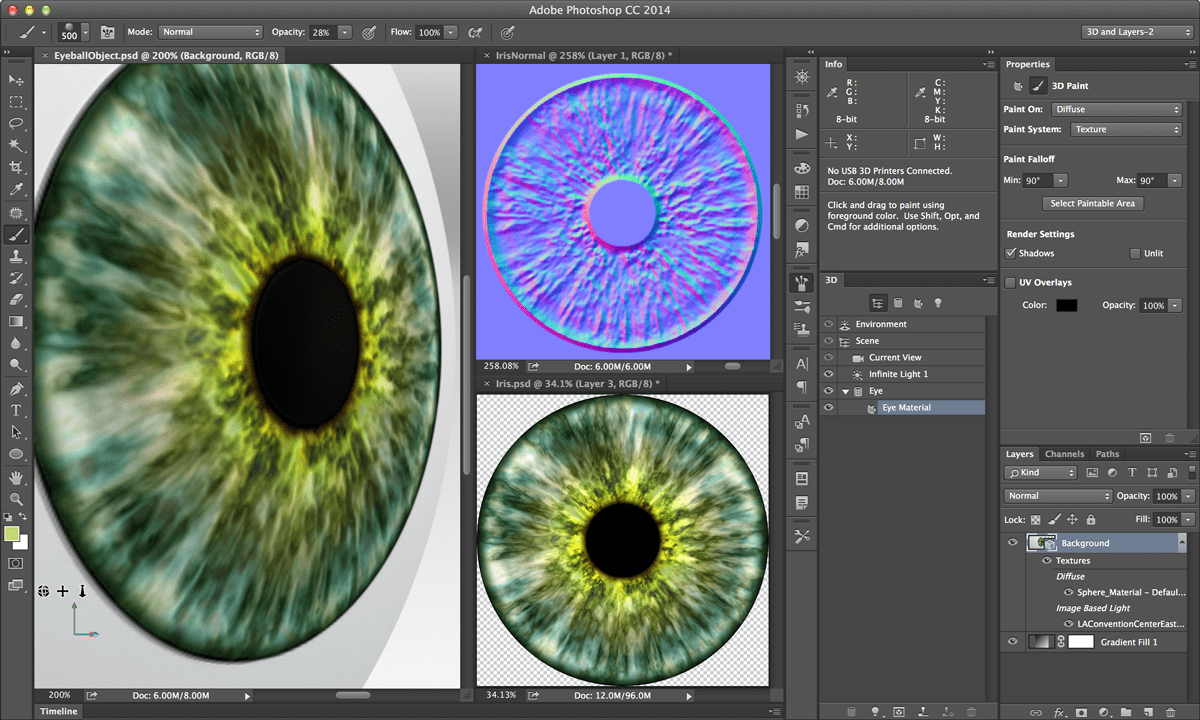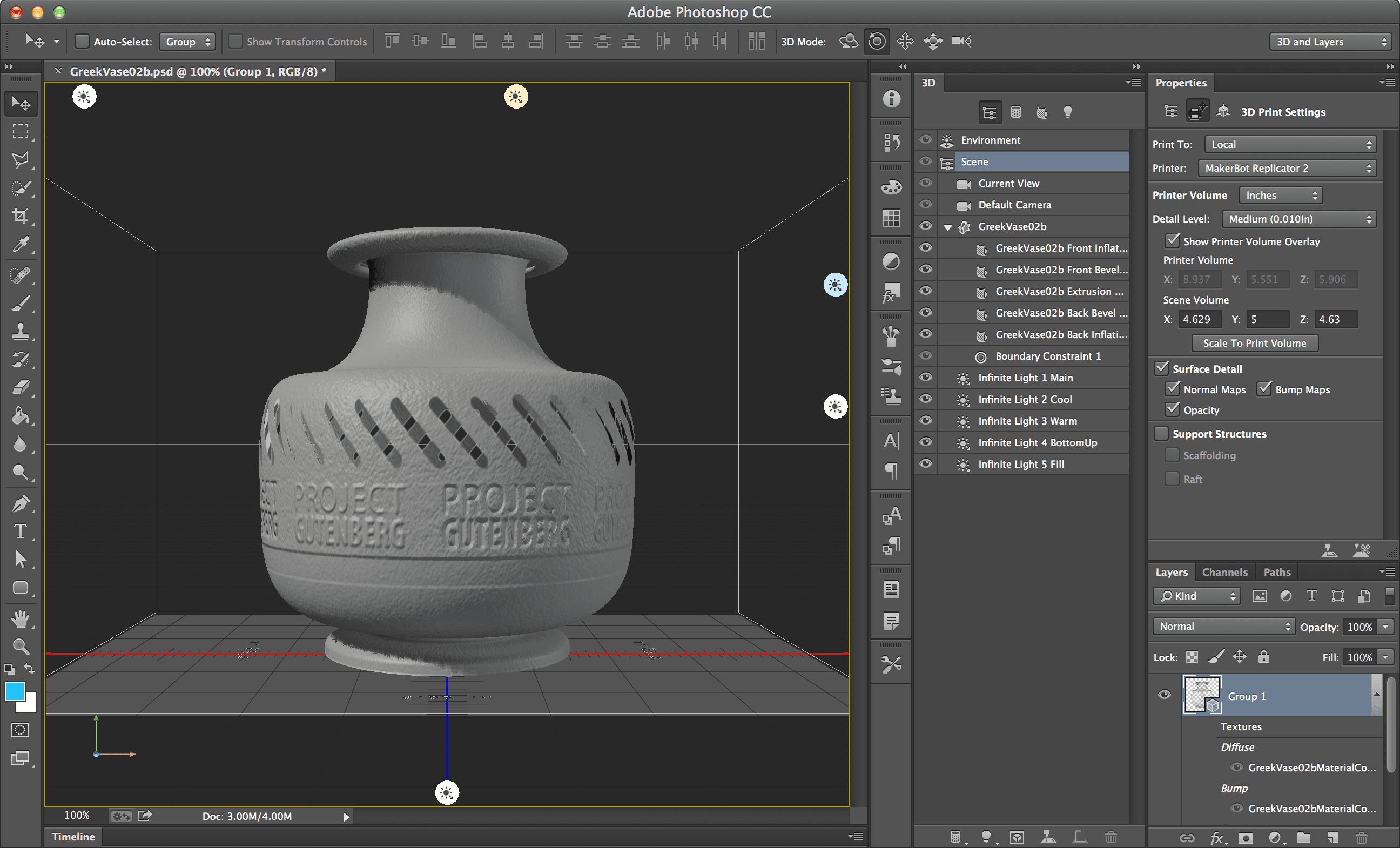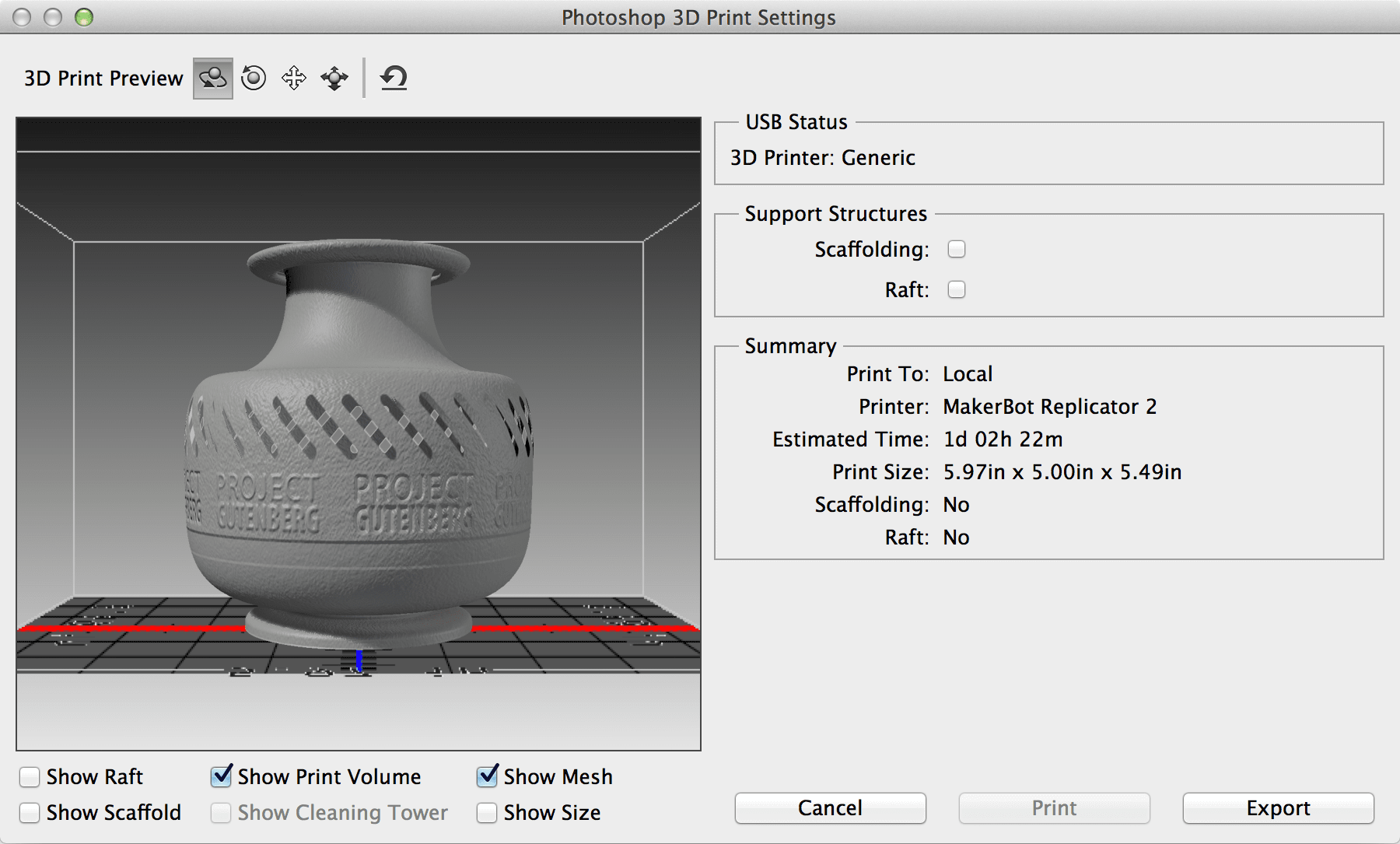Case Study
Adobe | Adobe Photoshop CC
Pushing 3D in Photoshop to the next level
When Adobe, the global leader for creatives, asked me to take the lead role of their flagship product’s newest feature, 3D in Photoshop, it was an honor, and I said yes.
But how do you approach such an immense challenge when working on such a renown product?
By understanding the users needs through conversations, studies and research, and aligning management goals.
By working within or extending the current UX/UI patterns and conventions.
By engaging with engineers to push the boundaries of what can be achieved.
By becoming a domain master, learning the technology and what’s coming next, and planning for the next 5–10 years.
- Services:
- Product Design
- UX & UI Design
- Interaction Design
- Graphic Design
- Strategic Planning
- User Research
- Tools:
- Illustrator
- Photoshop
- Atom
- Cinema 4D
- iWork
- MindNode
Reading time: 6 minutes.
Content has been modified or recreated to comply with my non-disclosure agreement and does not necessarily reflect the views of Adobe Systems.
